
Date: 2024-04-29 Page is: DBtxt003.php txt00004036
Country ... North Korea
Technology and transparency
Revealing N Korea's gulag and nuclear sites ... Google's newly updated maps show unprecedented detail in aerial imagery of isolated labour camps and missile launch pad.
Burgess COMMENTARY
Peter Burgess
Revealing N Korea's gulag and nuclear sites
Google's newly updated maps show unprecedented detail in aerial imagery of isolated labour camps and missile launch pad.
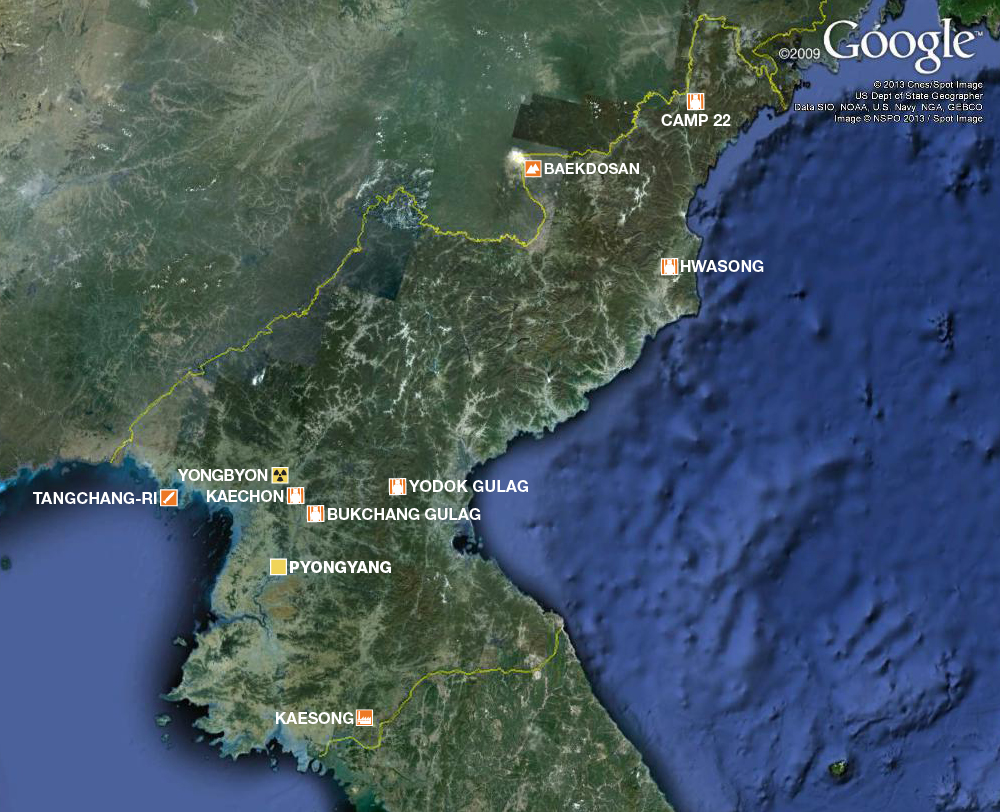
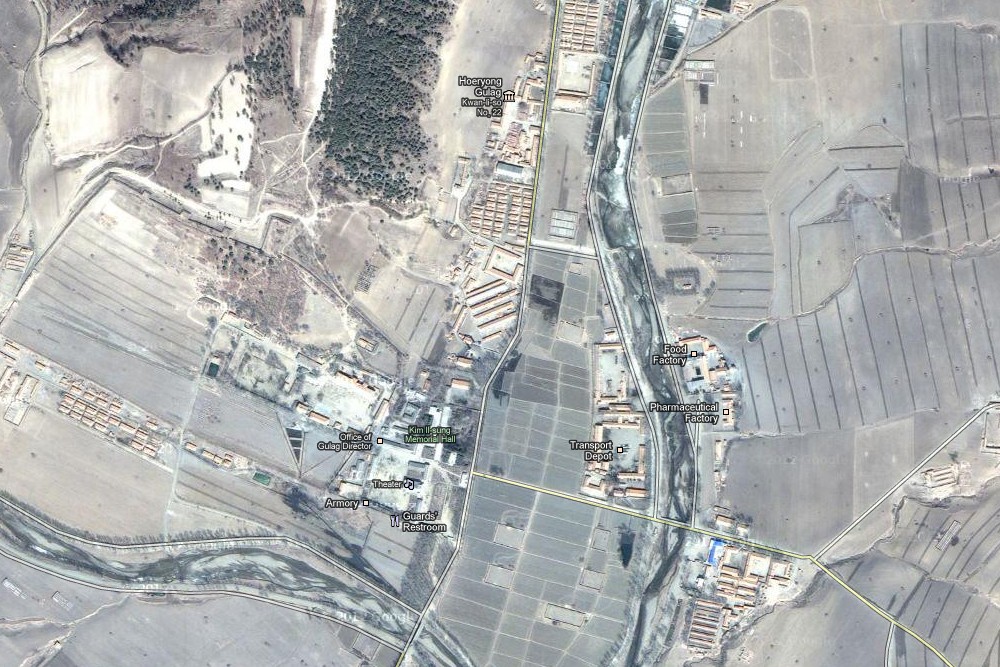
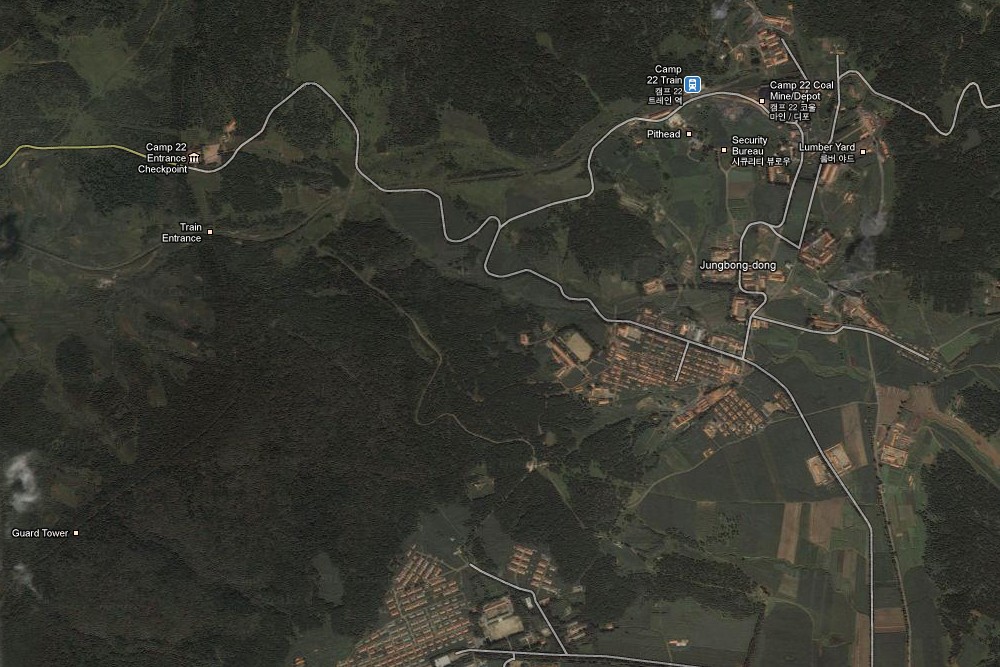


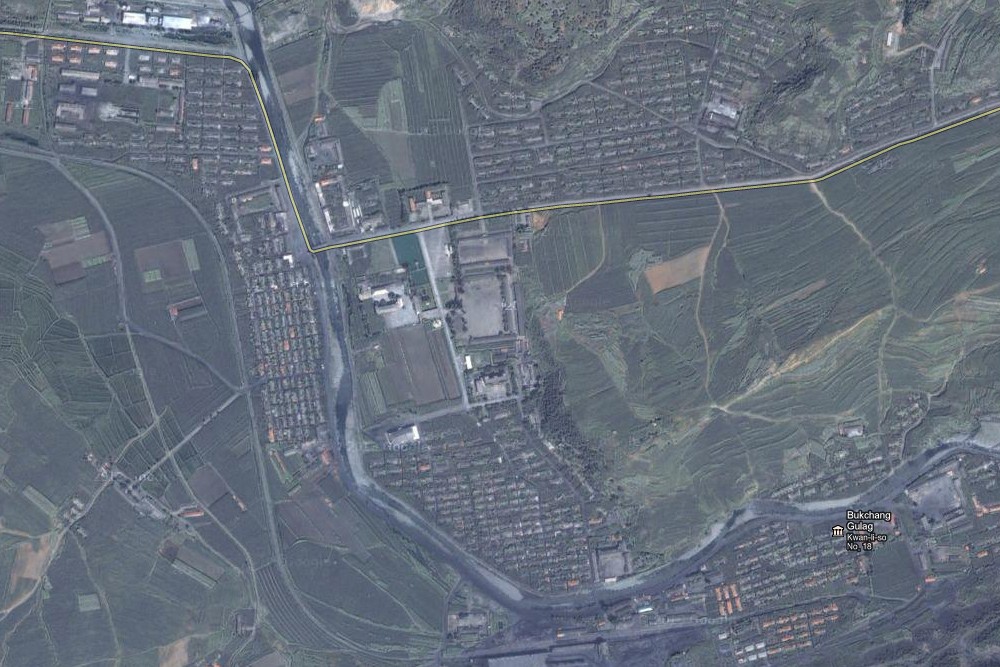
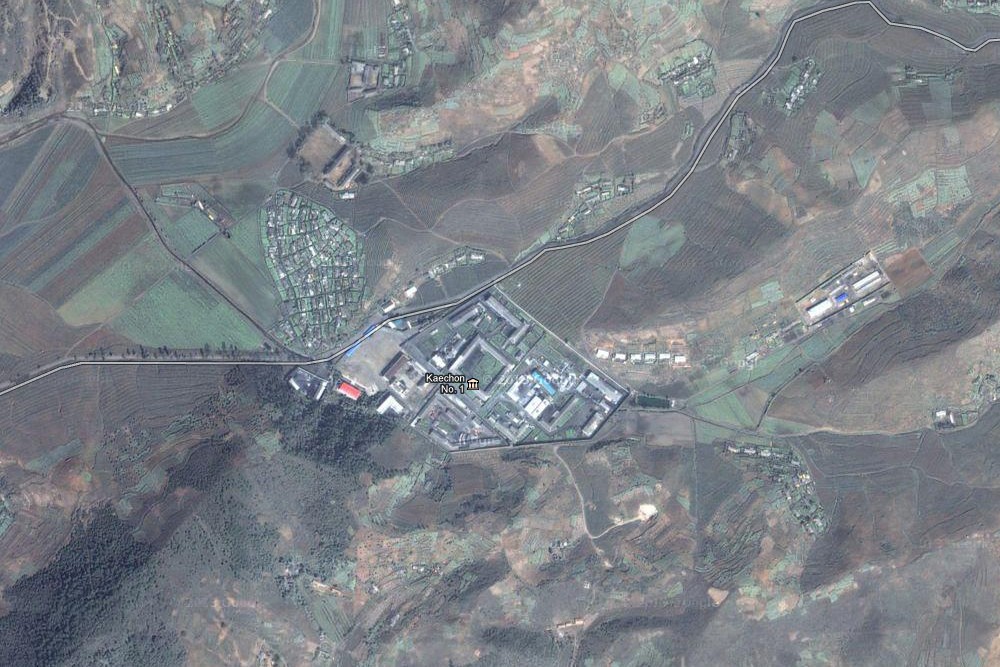


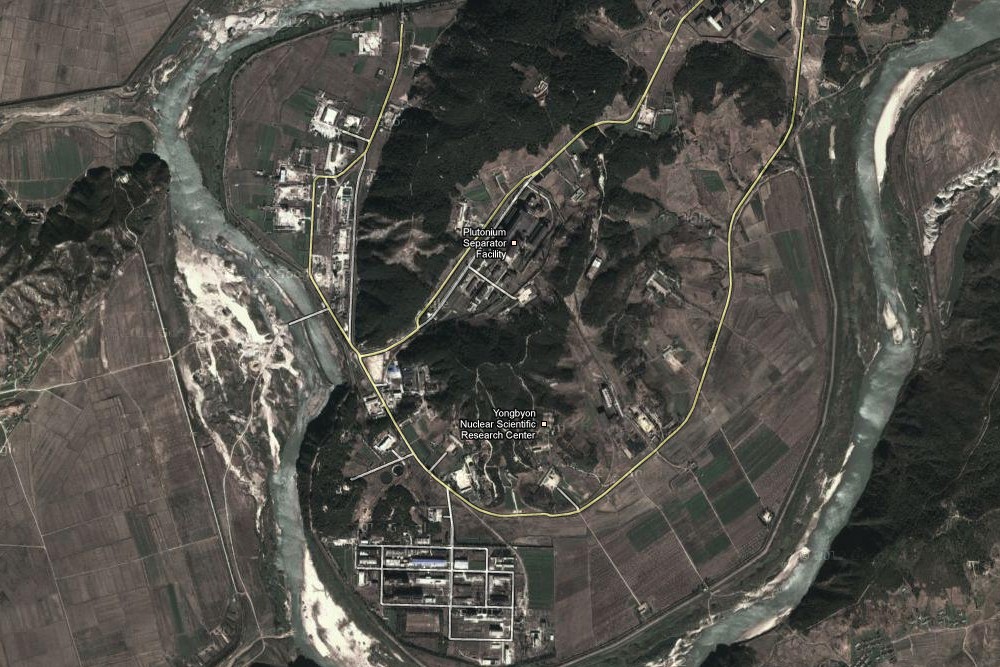
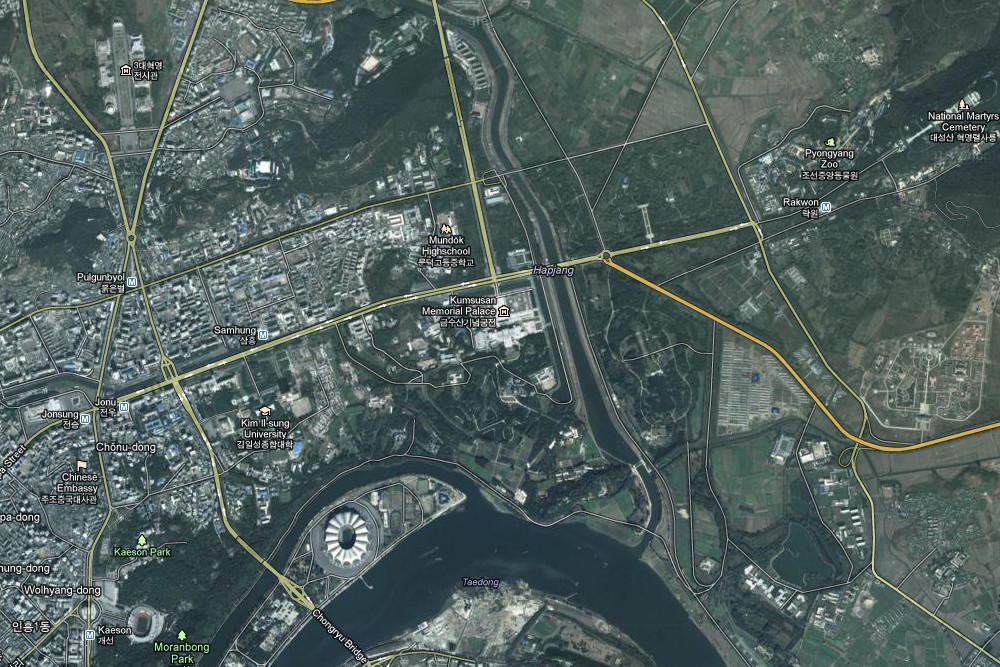



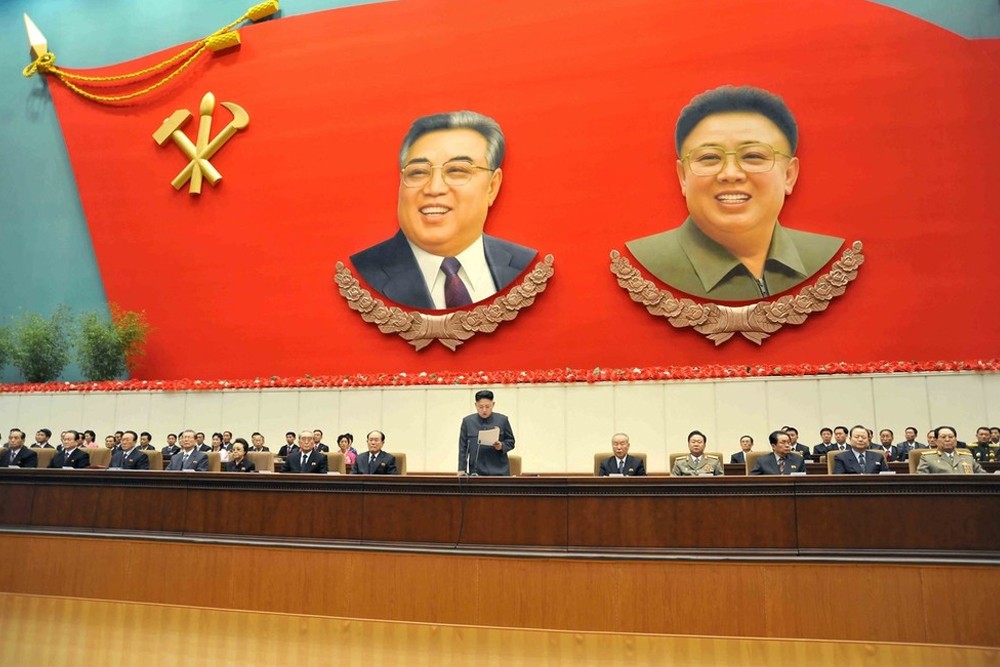 Detailed aerial satellite views of North Korea's half-dozen labour camps and key nuclear sites are visible to users browsing the newly updated Google Maps
While citizen cartographers have been compiling detailed information on North Korea for years, on Monday Google announced the publication of mapping data that had previously been missing.
The release follows a private 'humanitarian mission' by Google executive Eric Schmidt to Pyongyang with Bill Richardson, the former governor of New Mexico.
After the trip, commentators speculated on the mix of business and political motives by Schmidt, while the US government emphasised that it had no connection to the visit. Commenting on what he saw, Schmidt criticised the North Korean decision to be 'virtually isolated'.
Schmidt was apparently unable to meet with a detained Korean-American, but said he urged the country to increase internet access. The country has minimal connectivity with the outside, and only a small percentage of citizens can even log onto the domestic intranet.
Yet some North Korea experts have warned against relying too heavily on the new Google maps for understanding news developments by attempting to peer into the hermit kingdom.
'The timeliness and frequency of satellite imagery is an issue. You cannot see things move around and change,' said Daniel Pinkston, deputy project director at the International Crisis Group's Northeast Asia Programme. 'You only see intermittently - a frozen picture.'
Pinkston continued about any inferences drawn from viewing the maps: 'Yet people are able to corroborate a lot with testimony from witnesses coming out of there ... The accuracy is not perfect, but it could be good. Still, the exact validity is hard to say.'
Google's new maps include highly specific information about six forced labour camps throughout the country, where some 200,000 detainees are thought to be kept in poor conditions. The difference in the amount of visual data presented in the new maps - compared with the old versions - is stark.
The updated information has even prompted some analysts to speculate about the existence of an additional gulag.
Woo Jung Yeop, a research fellow at the Asan Institute in Seoul, told Al Jazeera: 'I'm pretty sure that the info revealed from the Google map is not coming from [any] agreement between Google and North Korea ... since Google doesn't need the consent of a host country for that.'
Sceptical that Google had obtained any kind of special access on the ground in North Korea, Woo concluded: 'North Korea does not have the intention to open its internet to its own public or to the world.'
The images below are screenshots from the new Google Maps:
View As Slideshow >>
/Google
Located near Hoeryong, Penal-Labour Camp 22 is a maximum-security facility. Some sources indicate a major change or even closure to the North Hamgyong province camp in 2012. The camp reportedly has some 1,000 guards, 500 prison agents and a 3,300-volt electric fence.
/Google
Camp 22 reportedly saw almost 30,000 people die of starvation during a short time span in 2012. Approximately 3,000 prisoners were apparently moved to another camp. Reports suggest frequent and brutal episodes of water, hanging and kneeling torture. There is also a Hoeryong Re-education Camp nearby.
/Google
Known as Penal-Labour Colony No. 16, Hwasong is located on the Hwasong River in North Hamgyong Province. At 550 sq km, the camp is the country's largest and reportedly holds prisoners who have no chance of being released. None of the 10,000 detainees - many of whom are political rivals of the regime - have ever escaped from the camp.
/Google
With an estimated 45,000 detainees, Yodok is also used to isolate prisoners from society and punish them for being hostile to the regime. Just over 100km northeast of the capital, the camp is surrounded by mountains in South Hamgyong province. Penal-Labour Colony No. 15's total control zone is estimated to hold 6,000 Christians, and the multiple re-education units hold those convicted for listening to South Korean broadcasts, leaving North Korea and other less serious political crimes.
/Google
The Committee for Human Rights in North Korea says the Bukchang Labour Camp, located on the Taedong River in South Pyongan Province, holds some 50,000 political prisoners for life. The 73 sq km camp is surrounded by a 4m-high fence and has five coal mines and a cement factory. The official name is Penal-Labour Colony No. 18.
/Google
Re-education Camp No. 1, located in South Pyongan Province on the outskirts of Kaechon city 20km northwest of Penal-Labour Colony No. 14, is a large prison compound. Food rations are reportedly 100g of broken corn three times a day and a salt soup. There are 78 punishment cells, public executions and forced abortions by injection.
/Google
Penal-Labour Colony No. 14, established in 1959, is for 'unredeemable' convicts. Many prisoners at the camp were reportedly born under North Korea's 'three generations of punishment' policy of keeping a whole family behind bars. Work hours are extremely long, and children rarely see their parents.
/Google
In the hills close to the Chinese border in North Pyongan Province, Tongchang-ri (also known as the Sohae Satellite Launching Station) is the site of a failed April 13, 2012, launch, as well as a successful December 12 launch. The latter brought a Kwangmyongsong-3 Unit 2 into orbit, which the US, Japan and South Korea considered a ballistic missile test.
/Google
Yongbyon Nuclear Scientific Research Center is North Korea's primary nuclear facility and is home to the country's first nuclear reactors. The site produced the fissile material used for nuclear tests in 2006 and 2009, and has been used to develop light-water reactor technology since then. North Korea announced in February 2012 that it would halt uranium enrichment at Yongbyon.
/Google
Aerial view of the northern part of North Korea's capital shows Kim Il-sung University, May Day Stadium, Pyongyang Zoo, National Martyrs Cemetery, Kumsusan Memorial Palace and several Pyongyang Metro stations.
/Google
The view of southern Pyongyang shows working class housing projects on the east bank of the Taedong River around the Juche Tower. On the west bank is the city's central and most affluent areas with the most vehicle traffic and highest concentration of restaurants, foreigners, hotels and tha landmark Kim Il-sung Square.
/Google
With a population of 300,000, the city of Kaesong is just across the border from South Korea and is the hub of the country's light industry. The Kaesong Industrial Park, located just north of the demilitarised zone, is barely an hour's drive from Seoul. The countries have operated the area as a joint economic zone where largely South Korean companies employ North Korean workers.
/Google
Located on the border with China, Baekdu Mountain (Baekdusan in Korean) is the mythological birthplace of Kim Jong-il, the enigmatic former North Korean leader who ruled from 1994 until he died in December 2011.
/KCNA
North Korean leader Kim Jong-un makes an opening address at the Fourth Meeting of Secretaries of Cells of the Workers' Party of Korea, in Pyongyang. In the background next to the national icon are Kim Il-sung, the nation's 'eternal president', and his son, Kim Jong-il.
During a surprise New Year speech, Kim Jong-un, the young North Korean leader, called for renewed dialogue with the South. But that address followed a successful December 12 rocket launch which was strongly condemned by the UN.
While recent visitors have reported an uptick in economic activity since the new leader took over from his father, the nation remains desperately impoverished.
'The priority for those [launch] events is to further his domestic standing,' the Asan Institute's Woo said. 'It's something to show to the elites and the public of North Korea.'
Woo also said the North Korean leader was using Schmidt's visit to promote his image 'as friendly to Western companies'.
'Kim wants to enhance the terms of negotiations with the US. It's not about South Korea. The North doesn't need ICBMs [Inter-Continental Ballistic Missiles] to attack Seoul. They are showing [their capabilities] to the US.'
Detailed aerial satellite views of North Korea's half-dozen labour camps and key nuclear sites are visible to users browsing the newly updated Google Maps
While citizen cartographers have been compiling detailed information on North Korea for years, on Monday Google announced the publication of mapping data that had previously been missing.
The release follows a private 'humanitarian mission' by Google executive Eric Schmidt to Pyongyang with Bill Richardson, the former governor of New Mexico.
After the trip, commentators speculated on the mix of business and political motives by Schmidt, while the US government emphasised that it had no connection to the visit. Commenting on what he saw, Schmidt criticised the North Korean decision to be 'virtually isolated'.
Schmidt was apparently unable to meet with a detained Korean-American, but said he urged the country to increase internet access. The country has minimal connectivity with the outside, and only a small percentage of citizens can even log onto the domestic intranet.
Yet some North Korea experts have warned against relying too heavily on the new Google maps for understanding news developments by attempting to peer into the hermit kingdom.
'The timeliness and frequency of satellite imagery is an issue. You cannot see things move around and change,' said Daniel Pinkston, deputy project director at the International Crisis Group's Northeast Asia Programme. 'You only see intermittently - a frozen picture.'
Pinkston continued about any inferences drawn from viewing the maps: 'Yet people are able to corroborate a lot with testimony from witnesses coming out of there ... The accuracy is not perfect, but it could be good. Still, the exact validity is hard to say.'
Google's new maps include highly specific information about six forced labour camps throughout the country, where some 200,000 detainees are thought to be kept in poor conditions. The difference in the amount of visual data presented in the new maps - compared with the old versions - is stark.
The updated information has even prompted some analysts to speculate about the existence of an additional gulag.
Woo Jung Yeop, a research fellow at the Asan Institute in Seoul, told Al Jazeera: 'I'm pretty sure that the info revealed from the Google map is not coming from [any] agreement between Google and North Korea ... since Google doesn't need the consent of a host country for that.'
Sceptical that Google had obtained any kind of special access on the ground in North Korea, Woo concluded: 'North Korea does not have the intention to open its internet to its own public or to the world.'
The images below are screenshots from the new Google Maps:
View As Slideshow >>
/Google
Located near Hoeryong, Penal-Labour Camp 22 is a maximum-security facility. Some sources indicate a major change or even closure to the North Hamgyong province camp in 2012. The camp reportedly has some 1,000 guards, 500 prison agents and a 3,300-volt electric fence.
/Google
Camp 22 reportedly saw almost 30,000 people die of starvation during a short time span in 2012. Approximately 3,000 prisoners were apparently moved to another camp. Reports suggest frequent and brutal episodes of water, hanging and kneeling torture. There is also a Hoeryong Re-education Camp nearby.
/Google
Known as Penal-Labour Colony No. 16, Hwasong is located on the Hwasong River in North Hamgyong Province. At 550 sq km, the camp is the country's largest and reportedly holds prisoners who have no chance of being released. None of the 10,000 detainees - many of whom are political rivals of the regime - have ever escaped from the camp.
/Google
With an estimated 45,000 detainees, Yodok is also used to isolate prisoners from society and punish them for being hostile to the regime. Just over 100km northeast of the capital, the camp is surrounded by mountains in South Hamgyong province. Penal-Labour Colony No. 15's total control zone is estimated to hold 6,000 Christians, and the multiple re-education units hold those convicted for listening to South Korean broadcasts, leaving North Korea and other less serious political crimes.
/Google
The Committee for Human Rights in North Korea says the Bukchang Labour Camp, located on the Taedong River in South Pyongan Province, holds some 50,000 political prisoners for life. The 73 sq km camp is surrounded by a 4m-high fence and has five coal mines and a cement factory. The official name is Penal-Labour Colony No. 18.
/Google
Re-education Camp No. 1, located in South Pyongan Province on the outskirts of Kaechon city 20km northwest of Penal-Labour Colony No. 14, is a large prison compound. Food rations are reportedly 100g of broken corn three times a day and a salt soup. There are 78 punishment cells, public executions and forced abortions by injection.
/Google
Penal-Labour Colony No. 14, established in 1959, is for 'unredeemable' convicts. Many prisoners at the camp were reportedly born under North Korea's 'three generations of punishment' policy of keeping a whole family behind bars. Work hours are extremely long, and children rarely see their parents.
/Google
In the hills close to the Chinese border in North Pyongan Province, Tongchang-ri (also known as the Sohae Satellite Launching Station) is the site of a failed April 13, 2012, launch, as well as a successful December 12 launch. The latter brought a Kwangmyongsong-3 Unit 2 into orbit, which the US, Japan and South Korea considered a ballistic missile test.
/Google
Yongbyon Nuclear Scientific Research Center is North Korea's primary nuclear facility and is home to the country's first nuclear reactors. The site produced the fissile material used for nuclear tests in 2006 and 2009, and has been used to develop light-water reactor technology since then. North Korea announced in February 2012 that it would halt uranium enrichment at Yongbyon.
/Google
Aerial view of the northern part of North Korea's capital shows Kim Il-sung University, May Day Stadium, Pyongyang Zoo, National Martyrs Cemetery, Kumsusan Memorial Palace and several Pyongyang Metro stations.
/Google
The view of southern Pyongyang shows working class housing projects on the east bank of the Taedong River around the Juche Tower. On the west bank is the city's central and most affluent areas with the most vehicle traffic and highest concentration of restaurants, foreigners, hotels and tha landmark Kim Il-sung Square.
/Google
With a population of 300,000, the city of Kaesong is just across the border from South Korea and is the hub of the country's light industry. The Kaesong Industrial Park, located just north of the demilitarised zone, is barely an hour's drive from Seoul. The countries have operated the area as a joint economic zone where largely South Korean companies employ North Korean workers.
/Google
Located on the border with China, Baekdu Mountain (Baekdusan in Korean) is the mythological birthplace of Kim Jong-il, the enigmatic former North Korean leader who ruled from 1994 until he died in December 2011.
/KCNA
North Korean leader Kim Jong-un makes an opening address at the Fourth Meeting of Secretaries of Cells of the Workers' Party of Korea, in Pyongyang. In the background next to the national icon are Kim Il-sung, the nation's 'eternal president', and his son, Kim Jong-il.
During a surprise New Year speech, Kim Jong-un, the young North Korean leader, called for renewed dialogue with the South. But that address followed a successful December 12 rocket launch which was strongly condemned by the UN.
While recent visitors have reported an uptick in economic activity since the new leader took over from his father, the nation remains desperately impoverished.
'The priority for those [launch] events is to further his domestic standing,' the Asan Institute's Woo said. 'It's something to show to the elites and the public of North Korea.'
Woo also said the North Korean leader was using Schmidt's visit to promote his image 'as friendly to Western companies'.
'Kim wants to enhance the terms of negotiations with the US. It's not about South Korea. The North doesn't need ICBMs [Inter-Continental Ballistic Missiles] to attack Seoul. They are showing [their capabilities] to the US.'